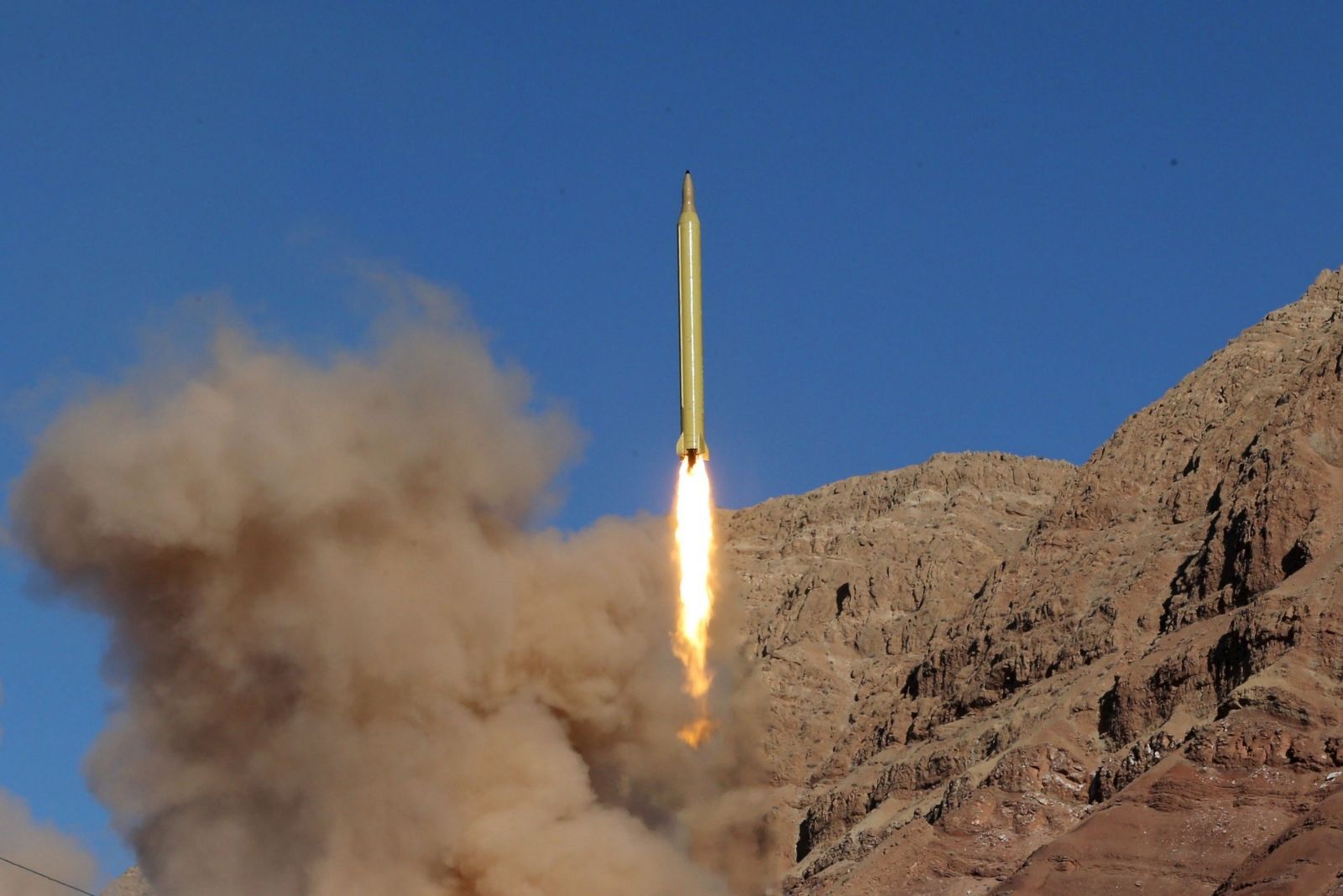US Air Force, WRIGHT-PATTERSON AIR FORCE BASE, Ohio: Air Force Materiel Command officials here and acquisition professionals at the Pentagon have recently formed a new partnership to overcome weapon-system acquisition challenges, according to senior Air Force leaders.
Sue C. Payton, the assistant secretary of the Air Force for Acquisition, and Gen. Bruce Carlson, the AFMC commander, held a joint commander's call Oct. 19 at the base theater to explain the partnership to command members.
Speaking to a full auditorium, the two leaders challenged AFMC members to join them in committing to a new approach to weapon-system development, acquisition and life-cycle management.
“We now have secretary of the Air Force and Air Force chief of staff approval to work together as 'One Materiel Enterprise,'” General Carlson said.
The first step in establishing 'One Materiel Enterprise' is inclusion of General Carlson on the Air Force (Integrated Life-Cycle Management) Executive Forum, Ms. Payton said. The new forum will be composed of Air Force materiel enterprise leaders.
“They will work together to enable effective program execution and process improvement through strategic communication and decision making,” Ms. Payton said. “Ultimately, this forum will give you better decisions about requirements, resources and technology.”
A secretary of the Air Force memo has established clear lanes of responsibility, General Carlson said. AFMC members will now be included in policy-making decisions that affect whether the Air Force will accept all the requirements proposed for weapon systems, “to ensure that what we do is affordable and obtainable.” The assistant secretary for acquisition will lead procurement.
The Air Force needs to concentrate on requirements to which the Air Force can feasibly build and test, Ms. Payton said. “We need to work together as a team in order to influence requirements and budget together,” she said, “because neither one of us, separately, can do that.”
To enable the new partnership further, General Carlson said AFMC officials will work to align its many initiatives more closely with each other and with Air Staff acquisition initiatives. Experts in developing and sustaining warfighting systems will have a new role, helping to analyze and challenge new requirements for weapon systems, to reduce requirements creep and program delays during a weapon system's development, acquisition and life cycle.
“We have to streamline, to make long-term focused decisions that allow us to be more flexible,” General Carlson said. “We have to achieve new levels of agility. The war on terrorism has shown us it's no longer enough to turn requirements into a system in two, three or four years if you want funding: Now you have to turn requirements in 90 days if you want supplemental funding.”
Pressures on the system and the need to develop and acquire new aircraft have made this flexibility critical, the general said.
“We might be able to fight the current war with weapons we have, but we won't be able to fight and win the next war with the same weapons,” he said.
Ms. Payton said the reason for these changes is clear. “We listened,” she said, “when our program managers told us you need reasonable and stable requirements, feasible, mature technology, investment in technology and innovation, the right training, and enough resources to properly execute contracts and test and field sustainable weapon systems across their entire lifetimes.”
Discussing the current acquisition environment and its budgetary, manpower, time and technology constraints, she likened the last few years — with program managers trying to achieve all the requirements thrown at them — to dealing with, “a new element on the periodic table: 'Unobtanium.'”
She said the Air Force must move beyond processes that have fueled these frustrations, especially as they're also partly responsible for recent protests over contract awards — protests jeopardizing the service's ability to get needed weapon systems to its warfighters.
“It is very, very important that we start these programs with enough resources to be successful across the life cycle of the weapon system,” Ms. Payton said. That means requirements must be realistic and programs must be appropriately costed.
“We need a shared vision; one that's actually been in front of us all the time: War-winning capabilities on time, on cost,” she said.
Ms. Payton and General Carlson emphasized that cooperative leadership and integrated life-cycle management are essential to making 'One Materiel Enterprise' successful at establishing obtainable requirements at reasonable costs.
Taiwan detects 37 Chinese aircraft near island
Taiwan said it detected 37 Chinese fighter jets, drones and other aircraft near the self-ruled island on Sunday as Beijing...









